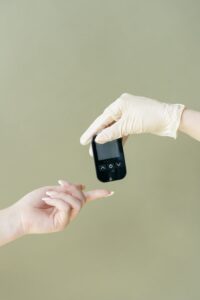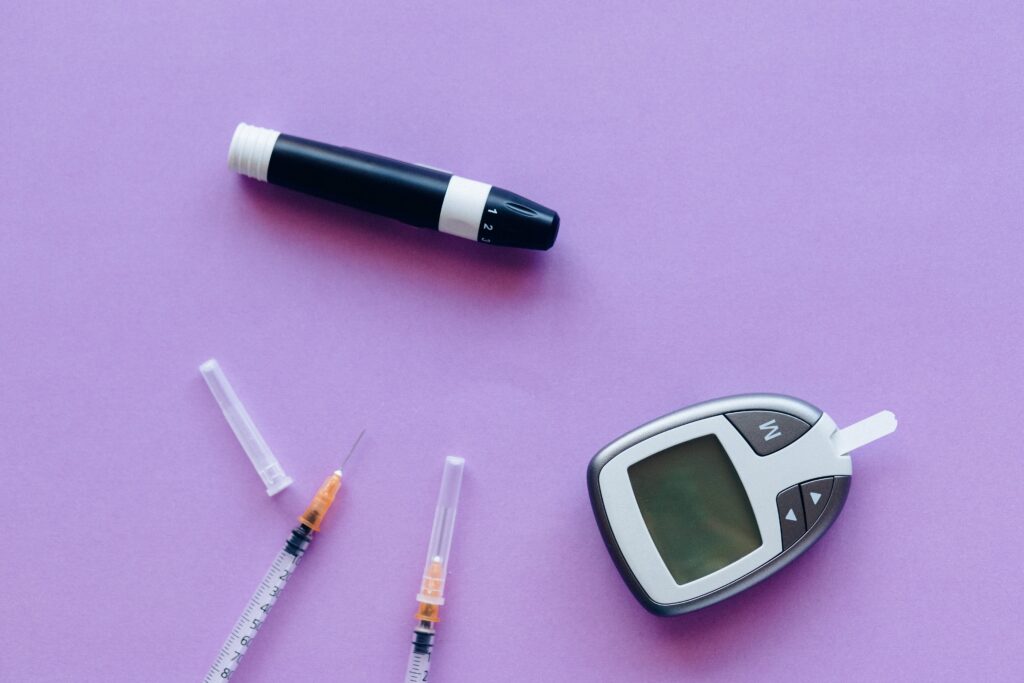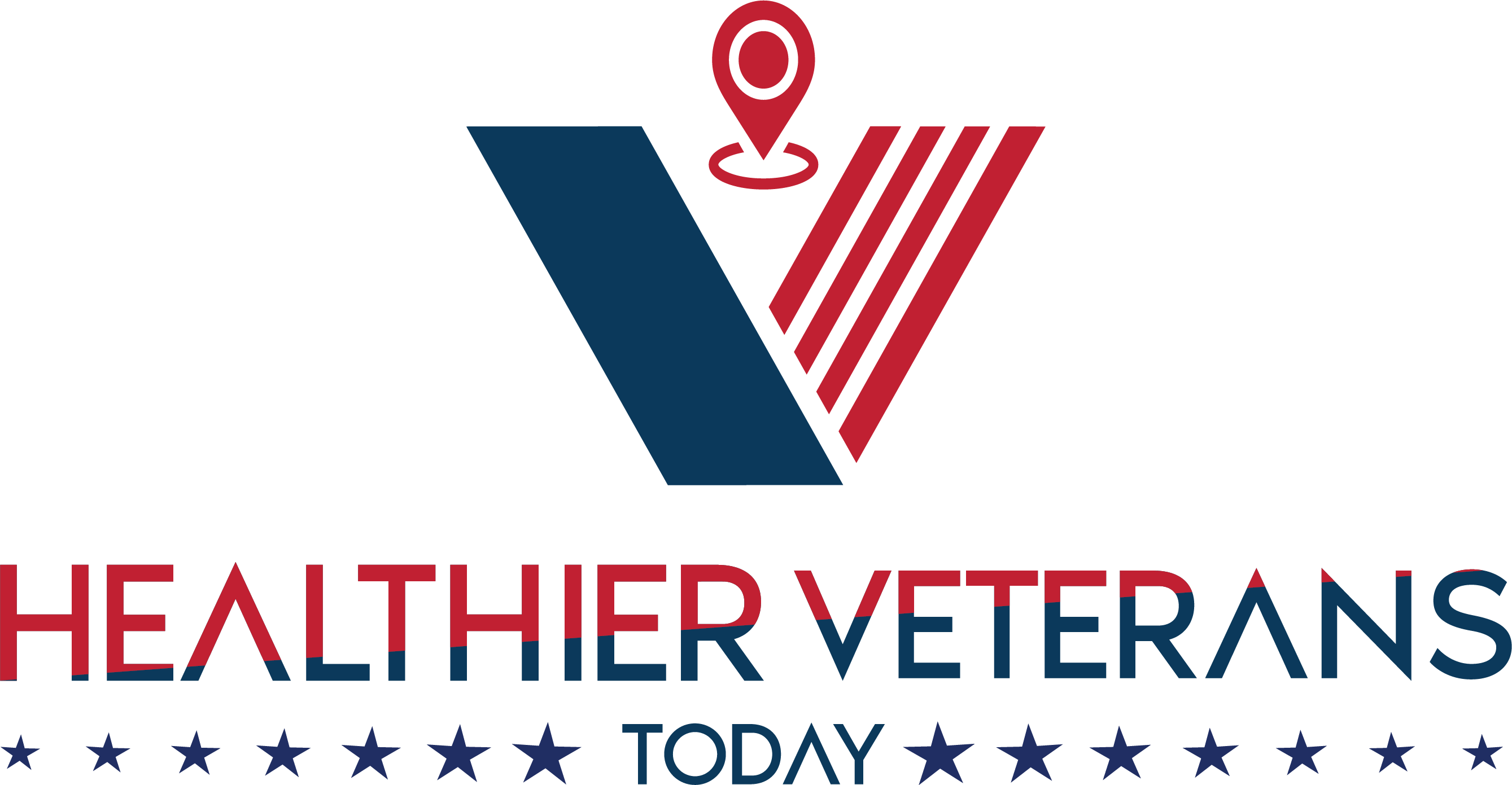Ozempic foods to avoid – Learn more with Healthier Veterans Today! If you’ve just been prescribed injectable Ozempic or are a few days into your daily prescription, your doctor has asked you to consider some lifestyle adjustments.
Part of a class of medications known as GLP-1s, semaglutide medicines work in detail to mimic a gut hormone that enables the pancreas to produce insulin when blood sugars spike.
For those with diabetes, these medications help to lower a high HBA1C over time. Ozempic Foods to avoid is added sugar and processed food or what we may know as junk food, as much as possible.
There aren’t foods that are entirely or wholly restricted while on Ozempic foods to avoid but doctors advise against some food groups because they delay what’s known as gastric emptying.
It varies from patient to patient, but fat intake and alcohol intake may prompt or worsen existing nausea, vomiting, heartburn, or reflux symptoms because of this.
Table of Contents
1. Eat a Variety of Foods

A balanced meal consists of a small portion of protein and carbohydrates (a quarter of your plate each) and a large portion of vegetables or salad (half of your plate).
First, patients taking semaglutide need to hydrate and even more so in the summer months because semaglutide decreases appetite. Some patients may choose to reduce how much water they drink.
This can lead to some element of dehydration, which can lead to or exacerbate:
- Nausea
- Constipation
- Fatigue
- Malaise
- Dizziness
- Even more dangerous issues such as acute kidney injury.
To avoid this, drink at least 64oz of water each day, but everyone’s actual hydration needs will differ based on their activity level.
2. Follow a Consistent Meal Plan
Try to eat roughly the same amount of food at the same time each day to keep blood glucose under control.
Avoid skipping meals and space your breakfast, lunch, and evening meals over the day.
3. Include Starchy Carbohydrate Foods

To better control your blood glucose levels, paying the most attention to the amount of carbohydrates you eat at each meal is essential.
Sources of nutrient-rich carbohydrates are fruit, whole grains, starches, starchy vegetables (sweet potato, fresh sweet corn, and potato), dairy, and dried legumes.
How much you have will depend on your personal needs – a dietician can determine this and Ozempic foods to avoid.
When you choose a carbohydrate, go for wholegrain, “unrefined,” or lower glycemic index (GI) (slow release) carbohydrates.
These carbohydrate sources are less refined and as close to the natural state as possible, like seed or whole grain bread, brown rice, whole grain or bran cereals, and sweet potato.
Sugar is also a carbohydrate but does not contribute any other nutrients to the body. People with diabetes may have sugar and foods containing sugar but should limit their daily intake.
Rules for using sugar include always having sugary or table sugar with a balanced meal, not having more than 1-2 tsp of sugar at a time, and limiting high-sugar foods like sweets, chocolates, cakes, desserts, juice, and soft drinks.
4. Cut Down on Saturated Fats
A low-fat diet is beneficial to health. As fat is the highest contributor to energy (kilojoules or calories) compared to carbohydrates and protein, eating less fat will help you lose weight if needed.
Focus on having plant fats (mono-unsaturated and poly-unsaturated) and limit your intake of animal and processed fats (saturated and trans fatty acids).
Have avocados, olives, raw nuts (especially almonds and cashews), sesame and pumpkin seeds, olive-, canola- and palm fruit oil, and sources of omega 3 fats like oily fish, flax seed (called linseed in SA) and omega containing yogurt and eggs.
5. Eat at least 5 Portions of Vegetables and Fruit a Day

Vegetables and fruit provide vitamins, minerals, and fiber to help you balance your diet.
One portion is, for example:
- A small banana or apple
- Handful of grapes
- Tablespoon of dried fruit
- Small glass of fruit juice or smoothie
- ½ cup of steamed vegetables
- A cereal bowl of salad
Include vegetables at each meal – half your plate should be filled with them!
While you shouldn’t often discriminate against vegetables available, some veggies are worth more nutritionally than others, significantly reducing the risk of GI distress. Others to limit include corn, carrots, and peas.
6. Limit Sugar and Sugary Foods
This doesn’t mean you need to eat a sugar-free diet. People with diabetes may have sugar and foods containing sugar but should limit their daily intake.
Using reduced or no sugar beverages, spreads, and other treat foods is an easy way to reduce the sugar in your diet.
If you have a sugary treat, keeping to a small portion and having it after a balanced meal is vital for blood sugar control.
Sugar has a way of sneaking into items you wouldn’t expect — foods like sauces and salad dressings, savory bakery items like bread, and frozen, ready-to-eat meals are examples of ozempic foods to avoid.
For that reason, you’ll need to seriously budget how much candy, soda, fruit juice, and dessert you enjoy.
7. Reduce Salt

Reduce salt to no more than 6 g per day. You can do this by using more fresh or dry herbs in cooking, checking labels for the sodium content of convenience foods, and only adding salt at the table OR while cooking, but not both.
Limit high-salt convenience foods like sauce powders, canned or dry soups, stock powder, ready-made sauces, canned vegetables, and fast food.
If you have a high-salt convenience meal, limit salt intake at your next meal.
8. Include more Beans and Pulses
The humble bean is one of the most unappreciated foods in modern Western society. Examples include:
- Baked beans
- Soya beans
- Chickpeas
- Split peas
- Kidney beans
- Four-bean mix
- Red, green, or brown lentils.
They contain various micronutrients (B-group vitamins, iron, calcium, phosphorus, zinc, and magnesium), are low-fat, low glycaemic index, and are high in fiber!
These have less of an effect on your blood glucose levels and may help to control your blood fats. Add them to casseroles, stews, soups, and salads, or use them as a spread on bread.
9. 2 Portions of Oily Fish Per Week
Examples include salmon, herring, mackerel, tuna, sardines and pilchards. Oily fish contains omega-3 fatty acids.
Omega 3 fatty acids assist in reducing the risk of developing coronary heart disease and auto-immune diseases such as arthritis.
Some studies also suggest that they improve insulin sensitivity and blood glucose control.
10. Use Alcohol Moderately

Having alcohol in moderation means having a maximum of 1 unit of alcohol per day if you’re a woman or 2 units per day if you’re a man.
One unit is a single pub measure (25 ml) of spirit, half a pint of lager, ale, beer, cider, or 125 ml of wine.
Remember, alcohol contains empty energy (kilojoules or calories), so think about cutting back more if you are trying to lose weight.
Because semaglutide slows digestion, eliminating alcohol or restricting it as much as possible may save you from irritating your stomach.
Alcohol is a known irritant to gastrointestinal systems and, when combined with semaglutide, consumption may raise your risk of developing what’s known as hypoglycemia, or low blood sugar.
Wondering What Ozempic Foods to Avoid…
Because there isn’t one set “Ozempic diet” for all patients, many healthcare providers often ask those on semaglutide prescriptions to meet with registered dietitians and nutritionists to better understand their nutritional needs.
Ozempic foods to avoid may help reduce the likelihood of experiencing gastrointestinal side effects, including nausea, vomiting, heartburn, and reflux symptoms.
The key to good nutrition for diabetics is to eat various foods and focus on balanced meals.





